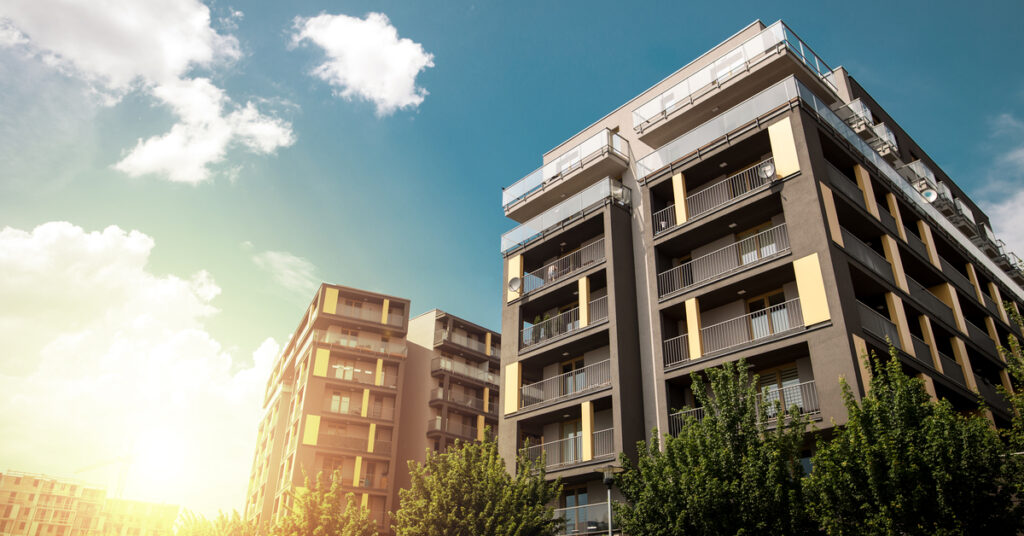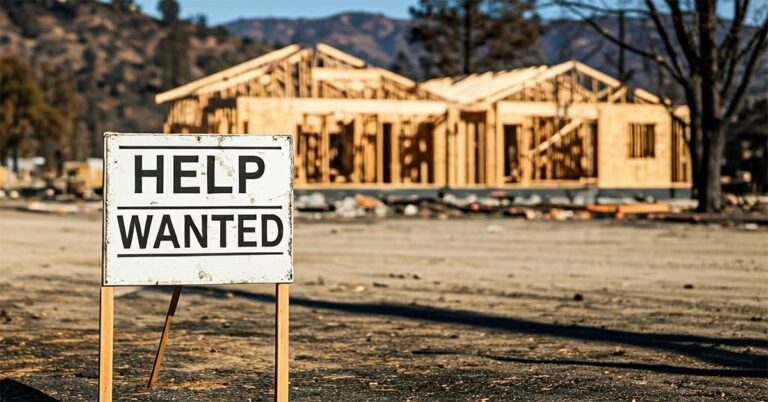With year-over-year rent growth climbing its way back to pre-pandemic levels, there remains little weakness left in the multifamily sector in May, according to Yardi Matrix’s latest Multifamily National Report.
May was an especially strong month, with multifamily rents up by 2.5% annually — almost exactly the same as rent growth in March 2020, before the pandemic threw the sector into disarray. National rents reached $1,428, a monthly jump of $12 — the largest month-over-month increase on a dollar amount basis in the history of Yardi’s data set.
Twenty-two of the top 30 metros tracked by Yardi had positive year-over-year rent growth in May, with annual gains in California’s Inland Empire (up 10.2%), Phoenix (9.6%) and Sacramento (8.3%) continuing to shatter expectations. The Inland Empire’s double-digit yearly rent growth in May marked the first time in the metro’s history it has done so.
Meanwhile, annual rent growth showed progress in many of the gateway markets where apartments struggled during the pandemic. Of those metros, Miami (up 6.0%) saw the strongest yearly gain, with Chicago (flat year over year) and Los Angeles (-0.1%) likely to see positive growth in June. San Jose (-9.0%), New York (-8.8%) and San Francisco (-6.7%) have quite a bit more catching up to do, although per Yardi’s report, “the recovery is in full swing.”
New York’s recovery, in particular, is coming swiftly. While the Big Apple’s aforementioned yearly rent growth remains negative, it saw rents jump by 3.4% month over month in May, easily outpacing every other top 30 metro. With the pandemic pushing down rents in the city over the last year, New York renters are looking to capitalize — and the renewed activity is putting upward pressure on rent prices once again. Additionally, New York has an especially large concentration of banks and financial businesses, like J.P. Morgan Chase & Co. and Goldman Sachs, that are requiring employees return to onsite work this summer. Absent the work-from-home flexibility afforded during the lockdowns, prospective commuters are again on the hunt for prime real estate.
Notably, the same can’t yet be said for cities like Seattle (0.2% month-over-month rent growth) and San Francisco (0.3%). The two West Coast cities are seeing the rebound unfold at a much slower pace, in part because of their tech-heavy business landscape; tech workers are more likely to be able to work fully remotely or on a hybrid schedule, making demand for apartments close to city centers far less pronounced.







